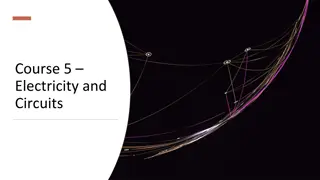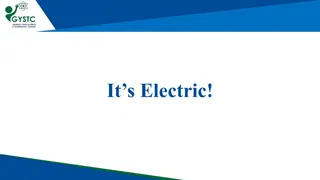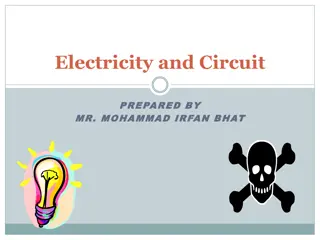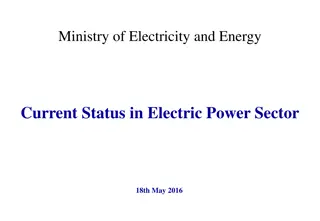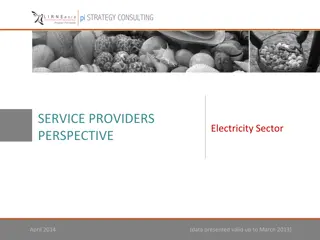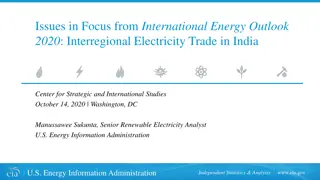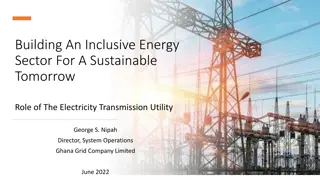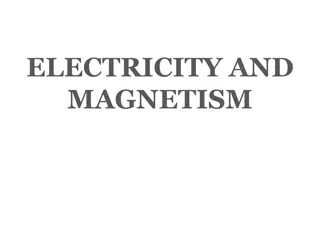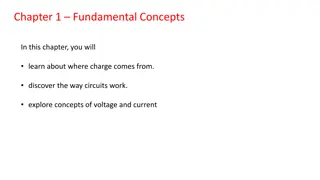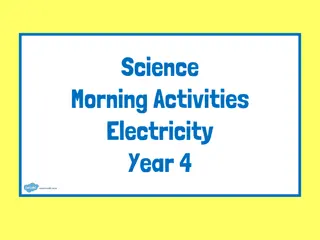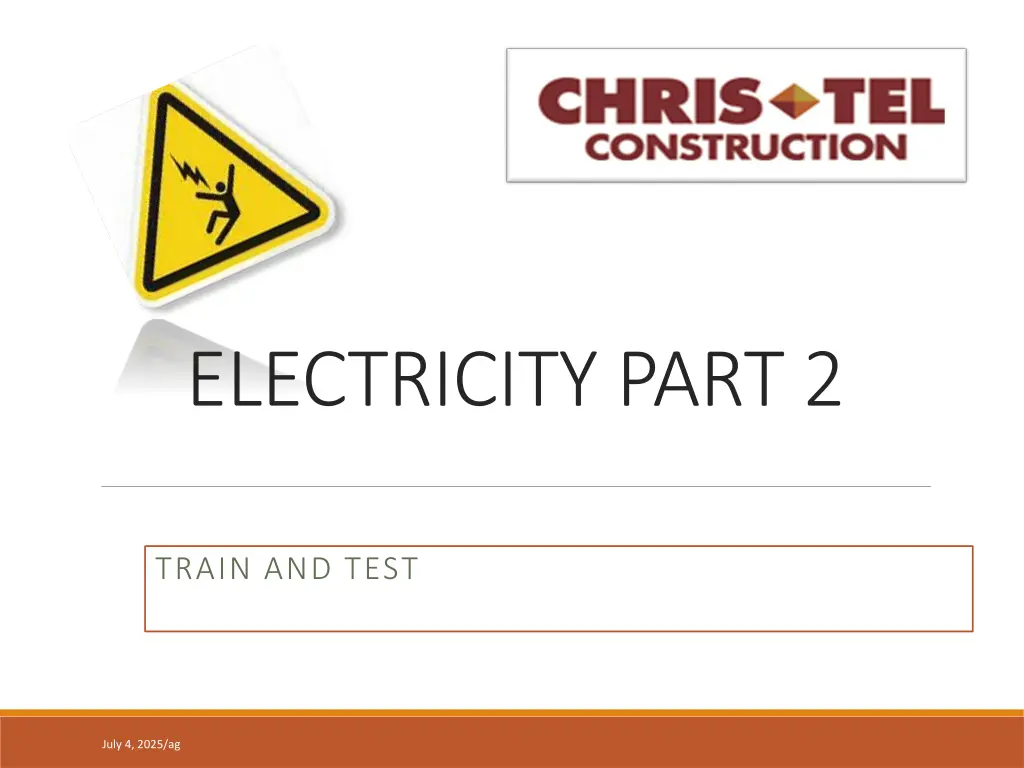
Preventing Electrical Hazards: Safety Tips & Measures
Learn essential preventative measures and safety tips to avoid electrical hazards, including staying away from energized overhead wires, using proper PPE, and responding to electrocution emergencies. Stay safe and informed with practical advice in handling electricity-related risks.
Download Presentation

Please find below an Image/Link to download the presentation.
The content on the website is provided AS IS for your information and personal use only. It may not be sold, licensed, or shared on other websites without obtaining consent from the author. If you encounter any issues during the download, it is possible that the publisher has removed the file from their server.
You are allowed to download the files provided on this website for personal or commercial use, subject to the condition that they are used lawfully. All files are the property of their respective owners.
The content on the website is provided AS IS for your information and personal use only. It may not be sold, licensed, or shared on other websites without obtaining consent from the author.
E N D
Presentation Transcript
ELECTRICITY PART 2 TRAIN AND TEST July 4, 2025/ag
ELECTRICITY PART 2 SOME PREVENTATIVE MEASURES: Assume that all overhead wires are energized at lethal voltages. Never assume that a wire is safe to touch even if it is down or appears to be insulated. Never touch a fallen overhead power line. Call the electric utility company to report fallen electrical lines. Stay at least 10 feet (3 meters) away from overhead wires during cleanup and other activities. If working at heights or handling long objects, survey the area before starting work for the presence of overhead wires. If an overhead wire falls across your vehicle while you are driving, stay inside the vehicle and continue to drive away from the line. If the engine stalls, do not leave your vehicle. Warn people not to touch the vehicle or the wire. Call or ask someone to call the local electric utility company and emergency services.
ELECTRICITY PART 2 Never operate electrical equipment while you are standing in water. Never repair electrical cords or equipment unless qualified and authorized. Have a qualified electrician inspect electrical equipment that has gotten wet before energizing it. If working in damp locations, inspect electric cords and equipment to ensure that they are in good condition and free of defects, and use a ground-fault circuit interrupter (GFCI). Always use caution when working near electricity.
ELECTRICITY PART 2 Preventing Electrical Hazards - PPE Proper foot protection Rubber Boots (not tennis shoes) Rubber insulating gloves, hoods, sleeves, matting, and blankets Hard hat (insulated - nonconductive)
ELECTRICITY PART 2 PREVENTION: Deenergize electric equipment before inspecting or repairing Using cords, cables, and electric tools that are in good repair Lockout / Tagout recognition and procedures Use appropriate protective equipment WHAT IF SOMEONE GETS ELETROCUTED? WHAT DO I DO? Look first, but don't touch Turn off the source of electricity if possible. If not, move the source away from you and the affected person using a non-conducting object Get Emergency Medical Services there Try not to touch burns If qualified, start basic first aid and CPR as necessary until EMS arrives
ELECTRICITY PART 2 PREVENTING ELECTRICAL HAZARDS PLANNING Plan your work with others Plan to avoid falls Plan to lock-out and tag-out equipment Remove jewelry Avoid wet conditions and overhead power lines
TAKE THE QUIZ AND THANK YOU! Double click or right click and select Open Hyperlink Sign in by entering your first and last name Enter password CHRISTELTRAIN1 IN ALL CAPS. Take the QUIZ You will need 70% to pass Results will be reported against and published as they occur testmoz.com/1319587
End of quiz WE INVITE YOU TO MOVE TO THE NEXT MODULE AS TIME ALLOWS. SAFETY IS AS IMPORTANT TO US AS YOU AND YOUR FAMILIES ARE. LET S DO THIS TOGETHER!

